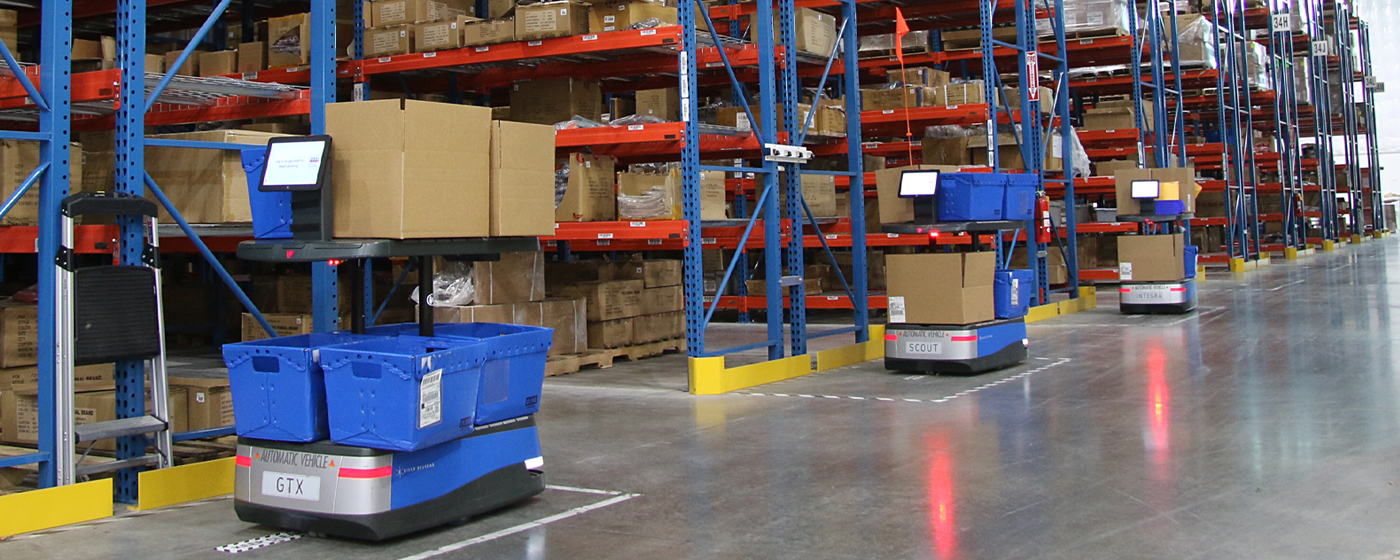Investing in warehouse technology is spending money to save money (and make money). But, doing so can be overwhelming if distribution and fulfillment aren’t your primary focus. Let’s look at ways fulfillment providers are keeping up with the speed of ecommerce.
Less steps, less touches
Automation in fulfillment isn’t meant to eliminate jobs, it’s to more effectively use the talented employees we have so you can expand your business. Bigger warehouses mean more distance between picks, but with the help of robotics, those same employees can work in tandem with technology to pick product more accurately and efficiently, allowing us to process more orders in the same amount of time. The robots do the traveling while the employees are able to stay within “stations” or “zones” throughout the warehouse.
- 87% of industry decision-makers surveyed are in the process of or planning the expansion of warehouses by 2024.1
- Human error from manual processes is the #1 root cause of inventory fulfillment issues.2
Use inventory metrics to prioritize SKUs and organize the warehouse
As far back as the 1800s, the 80/20 rule has been observed in all forms of economics and industries. If you’re a start-up, it might be fairly easy to organize SKUs based on this principal in the beginning, but once your ecommerce business starts to scale, you’ll need a robust warehouse management system to automate the process by providing inventory visibility and metrics. Larger fulfillment providers use these systems to continually evaluate and improve the speed at which orders move through the warehouse which in turn helps employees work as efficiently as possible.
- Did you know? 80% of your sales probably come from 20% of your SKUs. (The Pareto Principal)
- Warehouse efficiency = more throughput = happy customers = profitability
Improve employee satisfaction with technology
Current labor shortages — the high demand for warehouse workers in particular —are putting a strain on otherwise healthy brands. Your ability to deliver orders to your customers can make or break you. Fulfillment providers are recognizing that investing in technology to improve employee satisfaction is key to keeping good employees, minimizing the expense associated with high turnover and ultimately delivering a positive customer experience. Happy employees equal more satisfied customers. As mentioned earlier, the use of AMRs, or autonomous mobile robots, reduce the physical demands of warehouse employees while wearable warehouse devices like RF wrist scanners allow them to rely on barcodes and programming to achieve accuracy goals.
- 61% of industry decision-makers will rely on a combination of humans and technology by 2024.1
- 77% of organizations are serious about automated warehouse systems and mapping a plan to maximize data-driven performance.2
Even small changes in technology can have big impacts on fulfillment. Look for ways to automate and rely on data to optimize your operation, or partner with an experienced service provider so you can focus on growing your business.
1Zebra Warehousing Vision Study
2https://www.g2.com/articles/warehouse-automation-statistics



